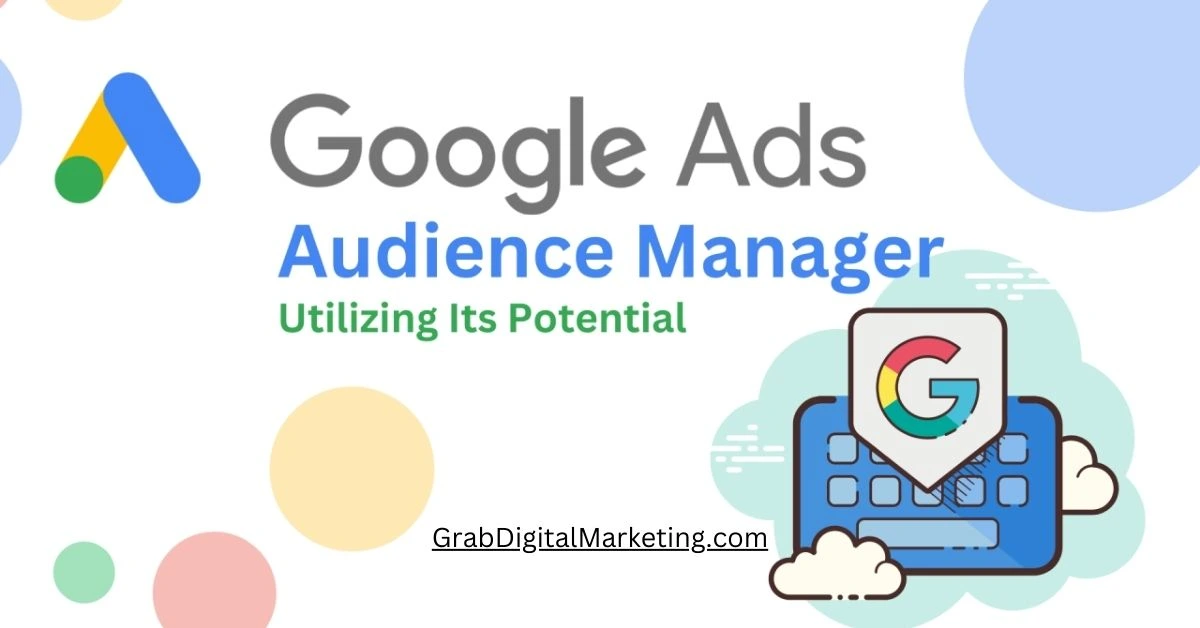What is Audience Manager?
Audience Manager is a data management platform (DMP) used by marketers to collect, organize, and use customer data in smart ways. In simpler terms, it’s a tool that helps businesses understand their audiences better so they can deliver more relevant and personalized advertising and content.
What Does Audience Manager Do?
Imagine a business has a lot of customer data coming in from different places, like their website, mobile app, email campaigns, and even offline purchases. This data is usually scattered and hard to make sense of. Audience Manager brings all that information together into one central platform.
Once the data is collected, Audience Manager helps companies:
- Create customer profiles: It builds detailed audience segments based on behaviors, interests, and demographics.
- Target ads more precisely: Businesses can then use these profiles to deliver tailored ads to the right people at the right time.
- Improve personalization: Instead of showing the same message to everyone, companies can customize content for different types of users.
- Reduce wasted ad spend: By targeting only the people who are most likely to be interested, businesses save money and improve results.
Table of Contents
What is Adobe Audience Manager (AAM)?
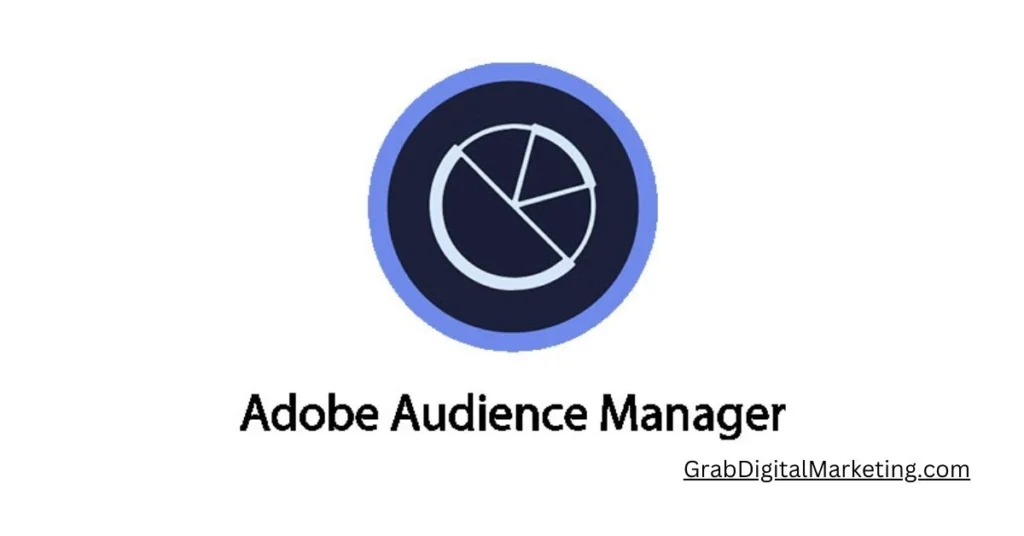
Adobe Audience Manager (AAM) is a data management platform (DMP) developed by Adobe. It helps businesses understand who their customers are and deliver the right messages to the right people at the right time. In simple terms, it’s a smart tool that collects customer data from many places, organizes it, and turns it into useful audience segments for personalized marketing.
What Does Adobe Audience Manager Do?
Businesses today gather customer data from many sources—websites, apps, social media, emails, and even offline purchases. But that data is often scattered, making it hard to get a clear picture of each customer. Adobe Audience Manager pulls all that data together in one place and helps marketers build detailed customer profiles.
Using this information, companies can:
- Understand their audience better
- Create meaningful segments (like “frequent buyers” or “tech-savvy moms”)
- Target customers with personalized ads
- Find new potential customers who behave like their best ones
Key Features of Audience Manager
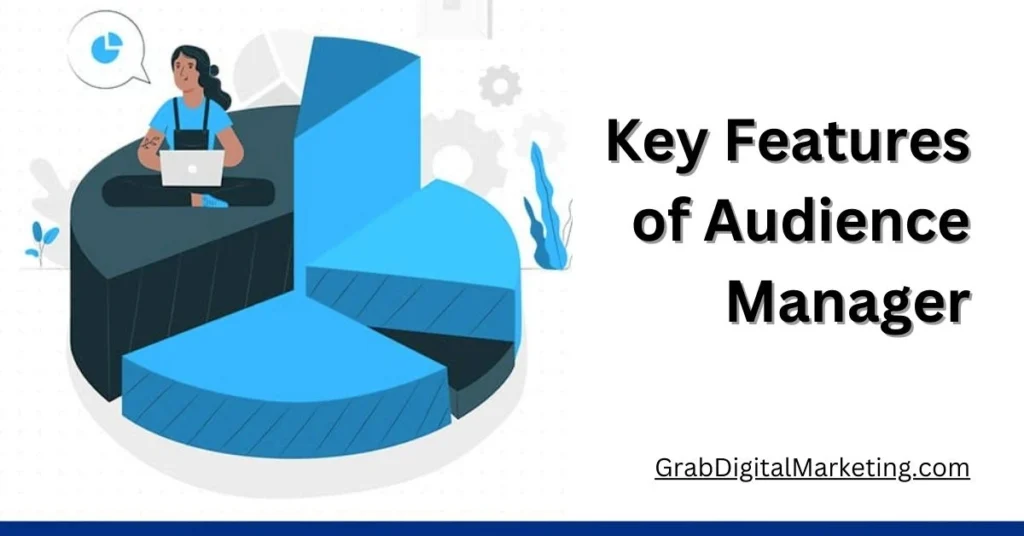
1. Data Collection and Integration
AAM allows marketers to integrate data from multiple sources, such as websites, mobile apps, CRM systems, social media platforms, and third-party data providers. It uses data connectors, Application Programming Interfaces (APIs), and tags to ensure seamless data ingestion.
The platform supports the collection of first-party data (customer data collected directly by the company), second-party data (partner-shared data), and third-party data (acquired from external data providers).
2. Profile Building
Audience Manager constructs detailed customer profiles by combining diverse data points, such as demographics, behavior, interests, and device usage. These profiles provide a 360-degree view of customers, enabling businesses to understand and address their needs.
3. Audience Segmentation
Segmentation is one of AAM’s strongest capabilities. It allows marketers to create granular audience segments based on various parameters, such as age, location, purchase history, online activity, or preferences. These segments can be used to deliver tailored content and offers.
4. Lookalike Modeling
AAM enables marketers to identify potential new customers by using lookalike modeling. This involves analyzing existing customer segments and finding prospects who exhibit similar traits or behaviors.
5. Real-Time Targeting
With its real-time data capabilities, AAM ensures that audience segments are updated dynamically. This allows businesses to deliver timely and contextually relevant messaging.
6. Cross-Channel Activation
The platform integrates seamlessly with other Adobe Experience Cloud solutions and third-party platforms to activate audience segments across multiple channels, including email, social media, search, and display ads.
7. Privacy and Compliance
Audience Manager prioritizes data security and compliance with regulations, such as GDPR (General Data Protection Regulation) and CCPA (California Consumer Privacy Act). It offers tools to manage consent, data retention, and identity governance.
8. Insightful Analytics
The platform provides analytics tools to measure the performance of audience segments and marketing campaigns. These insights help businesses optimize their strategies for better outcomes.
How Audience Manager Works
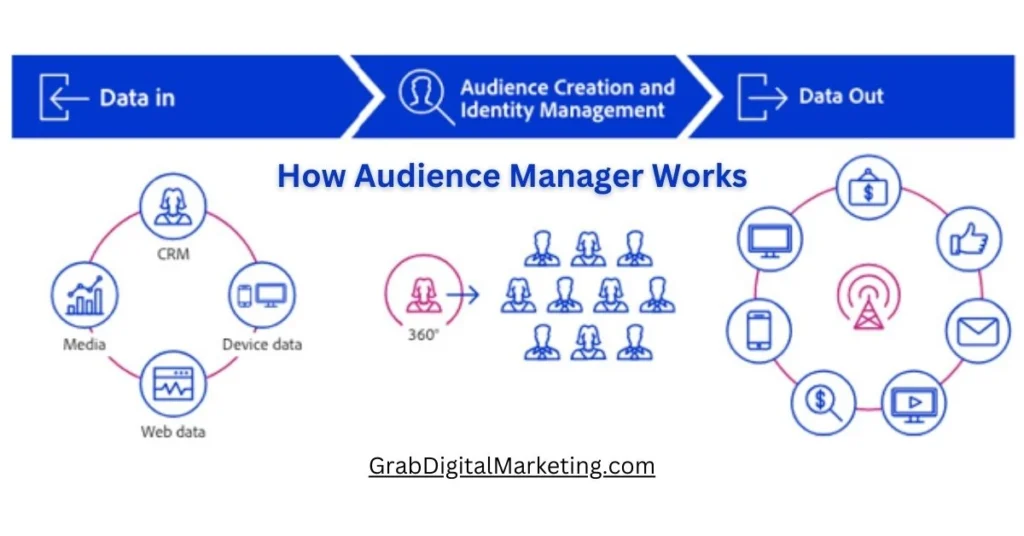
Step 1: Data Collection
AAM starts by collecting data from a variety of sources, including websites, mobile apps, offline systems, and third-party vendors. This data is unified into a centralized data repository.
Step 2: Data Unification
The collected data is deduplicated, normalized, and structured to build unified customer profiles. AAM uses identity resolution to match data points across devices and channels, ensuring an accurate representation of each individual.
Step 3: Audience Segmentation
Marketers use the platform’s intuitive interface to define audience segments based on behavioral, demographic, and contextual attributes. For example, a retailer might create segments for “frequent buyers,” “window shoppers,” and “cart abandoners.”
Step 4: Audience Activation
Once the segments are created, AAM connects them to various marketing platforms for activation. Businesses can deliver targeted advertisements, personalized emails, or tailored website content to their chosen segments.
Step 5: Performance Measurement
AAM tracks the performance of activated segments and provides insights into their engagement levels. This enables marketers to refine their strategies and improve future campaigns.
Use Cases of Audience Manager
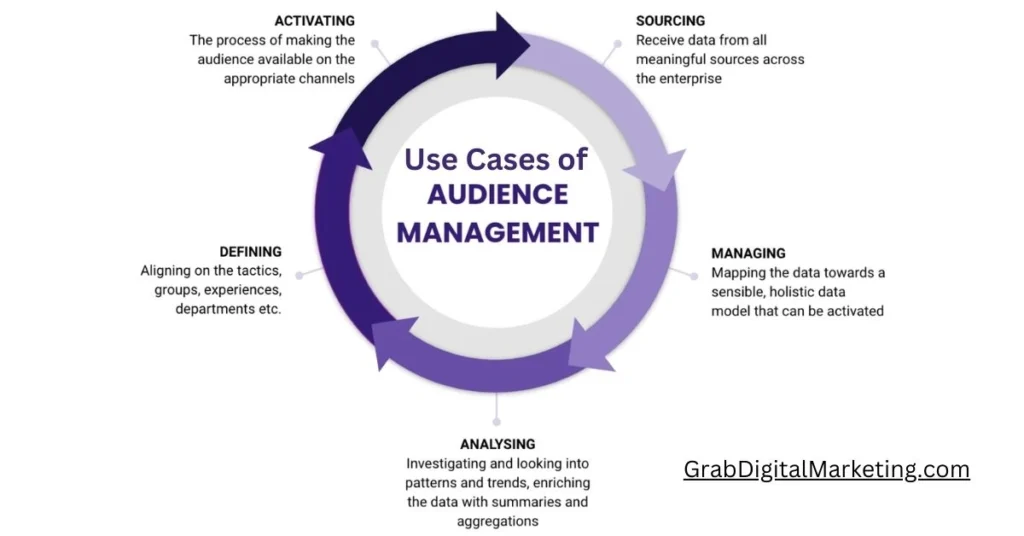
1. Personalized Marketing
By segmenting audiences and understanding their preferences, AAM helps businesses deliver personalized content and offers that resonate with their target customers.
2. Retargeting
Audience Manager allows marketers to identify and retarget users who have interacted with their brand but have not completed a desired action, such as making a purchase.
3. Omnichannel Campaigns
The platform facilitates consistent messaging across various channels, ensuring customers have a seamless experience regardless of how they interact with the brand.
4. Audience Insights
With comprehensive analytics, AAM provides valuable insights into audience behavior, enabling businesses to make data-driven decisions.
5. Customer Acquisition
Using lookalike modeling, businesses can identify and target potential customers who are similar to their existing audience.
Advantages of Using Audience Manager
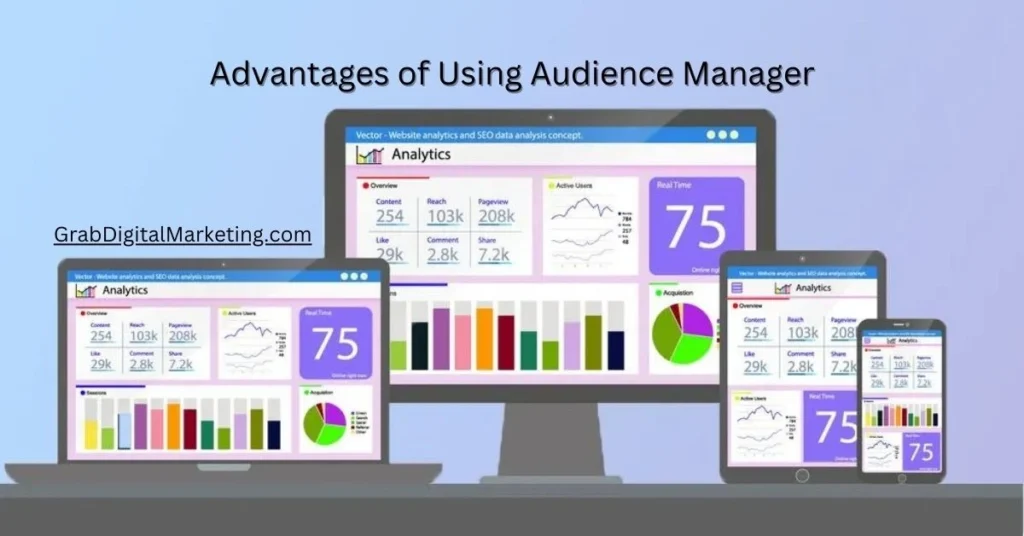
Utilizing Adobe Audience Manager (AAM) offers businesses a significant advantage in today’s data-driven world. One of the primary benefits is that it consolidates all your customer data in one place. Many companies collect data from websites, mobile apps, emails, social media, and even in-person stores, but all that data is often scattered. Audience Manager helps organize and unify it, creating a clearer, more complete view of your customers. This means you’re no longer guessing who your audience is—you know. With this insight, you can build smarter audience segments. For example, you can group people based on their interests, past purchases, or even how they interact with your content. This leads to more personalized marketing that speaks to the right people, instead of sending the same message to everyone.
Challenges and Considerations

Every project, idea, or goal—no matter how exciting or well-intentioned—comes with its own set of Challenges and important Considerations that must be dealt with thoughtfully. One of the most common challenges is managing limited resources. Time, money, staff, and materials are rarely unlimited, and having to do more with less can put pressure on teams and individuals. Budget constraints can slow down progress or force people to make difficult choices about what to prioritize. Time is also a huge factor—deadlines can be tight, and unexpected delays can throw off an entire schedule. Another challenge is communication. It may seem simple, but keeping everyone on the same page can be surprisingly difficult, especially when working with large teams or multiple departments. Miscommunication can lead to confusion, errors, or even conflict, so clear and consistent updates are critical.
Conclusion
Adobe Audience Manager is a powerful tool for businesses looking to leverage data to improve their marketing efforts. By centralizing data, building detailed profiles, and enabling actionable audience segmentation, AAM empowers organizations to deliver personalized experiences that foster customer loyalty and drive results. While it requires thoughtful planning and resources to implement effectively, the benefits of using a platform like Audience Manager far outweigh the challenges. Whether you’re aiming to boost customer acquisition, improve retention, or optimize cross-channel campaigns, Audience Manager offers the capabilities to achieve your marketing goals.

